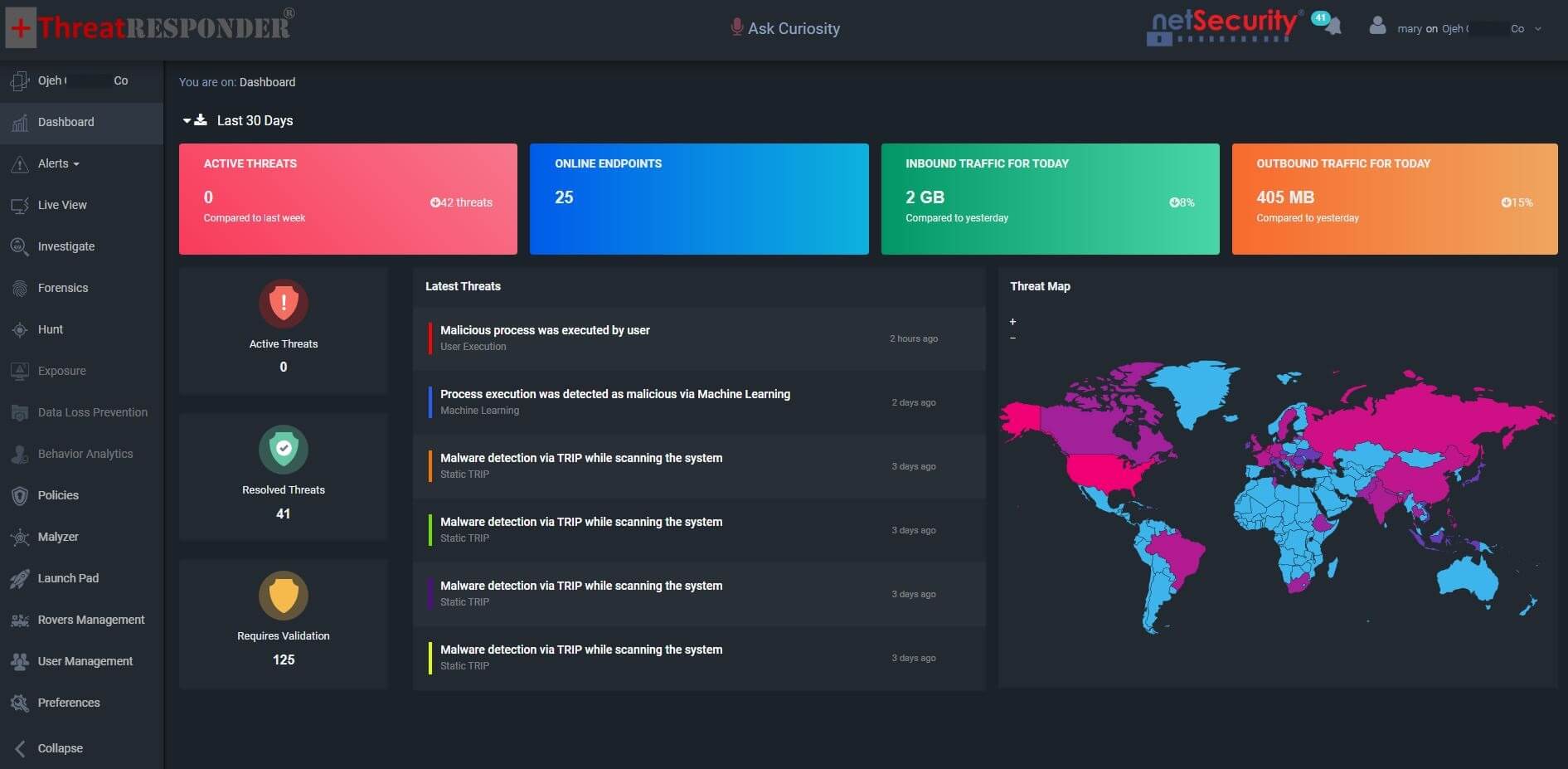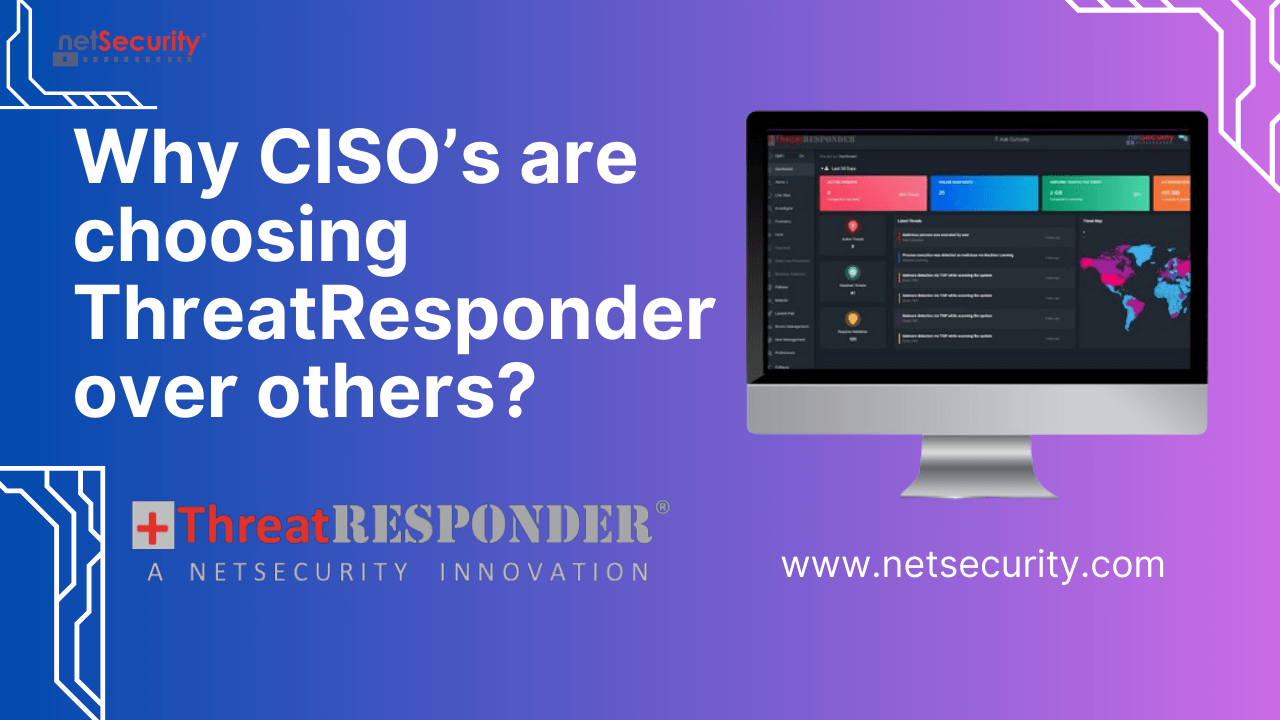Breach Fatigue: How to Overcome It and Protect Yourself from Data Breaches
What is Breach Fatigue?
Breach fatigue is a term used to describe the phenomenon of individuals or organizations becoming desensitized to data breaches due to their frequency and perceived inevitability. In the context of corporate organizations, breach fatigue can lead to complacency and a lack of urgency around data security, which can increase the risks and costs associated with data breaches.
Possible Scenarios that Cause Breach Fatigue in Corporate Organizations
There are several possible scenarios that can cause breach fatigue in corporate organizations. These include:
Frequency of Breaches
With data breaches becoming more frequent and widespread, it’s easy for organizations to become overwhelmed and desensitized to the risks. This can lead to a false sense of security, as organizations may assume that they won’t be the next target.
Complexity of Breaches
Data breaches are becoming increasingly complex and sophisticated, making it difficult for organizations to keep up with the latest threats and vulnerabilities. This can lead to a feeling of helplessness and a lack of confidence in an organization’s ability to prevent or detect breaches.
Cost of Prevention
Implementing robust security measures can be expensive, and organizations may feel that the costs outweigh the benefits. This can lead to a lack of investment in cybersecurity, which can increase the risks of data breaches and exacerbate breach fatigue.
Lack of Awareness
A lack of awareness around the risks and consequences of data breaches can contribute to breach fatigue. Organizations may not fully understand the impact of a data breach, or may underestimate their own vulnerability to an attack.
Lack of Appropriate Tools
Finally, a lack of appropriate security tools to respond to cyber security incidents is also a main reason for causing data breach fatigue. Lack of adequate and appropriate tools can put additional burdan on the cyber security teams and professionals leading to the fatigue situations.
How can an Organization’s Cybersecurity Team Detect and Recover from Breach Fatigue?
Detecting and recovering from breach fatigue requires a multi-faceted approach. Here are some strategies that cybersecurity teams can use to detect and recover from breach fatigue:
Regular Risk Assessments
Regular risk assessments can help cybersecurity teams identify vulnerabilities and gaps in an organization’s security posture. This can help to prioritize investments in cybersecurity and ensure that the organization’s security measures are up-to-date and effective.
Communication and Training
Clear communication and regular training can help to keep cybersecurity top-of-mind for employees and reduce the risks of breach fatigue. Regular security awareness training can also help to improve employees’ understanding of the risks and consequences of data breaches.
Incident Response Planning
Having a robust incident response plan in place can help to minimize the impact of a data breach and reduce the risks of breach fatigue. This should include clear procedures for detecting, reporting, and responding to data breaches, as well as a plan for communicating with stakeholders and mitigating the impact of the breach.
Ongoing Monitoring and Analysis
Ongoing monitoring and analysis of security logs, network activity, and other relevant data can help to detect potential threats and vulnerabilities before they lead to a data breach.
Continuous Improvement
Cybersecurity teams should be committed to continuous improvement of their security measures and processes. This can involve regular reviews of security policies and procedures, as well as investment in new technologies and solutions to keep up with the latest threats and vulnerabilities.
Cyber Security Tools
By leveraging advanced all-in-one cloud native cyber security tools like ThreatResponder, organizations can automate and enhance their cybersecurity capabilties and reduce the breach fatigue.
Best Practices to Prevent Breach Fatigue
Preventing breach fatigue requires a proactive and comprehensive approach to cybersecurity. Here are some best practices that organizations can follow to prevent breach fatigue:
Implement Robust Security Measures
Implementing robust security measures is key to preventing data breaches and reducing the risks of breach fatigue. This can include implementing multi-factor authentication, encryption, and access controls, as well as regularly patching and updating software and systems.
Regularly Assess and Test Security Measures
Regularly assessing and testing security measures can help organizations identify vulnerabilities and gaps in their security posture. This can include conducting penetration testing, vulnerability assessments, and red team exercises to simulate real-world attacks and identify areas for improvement.
Establish a Culture of Cybersecurity
Establishing a culture of cybersecurity can help to reduce the risks of breach fatigue by ensuring that employees are aware of the risks and are committed to taking the necessary precautions to protect sensitive data. This can include regular security awareness training, clear security policies and procedures, and ongoing communication and feedback.
Implement Incident Response Planning
Implementing a robust incident response plan can help to minimize the impact of a data breach and reduce the risks of breach fatigue. This should include clear procedures for detecting, reporting, and responding to data breaches, as well as a plan for communicating with stakeholders and mitigating the impact of the breach.
Regularly Review and Update Security Policies and Procedures
Regularly reviewing and updating security policies and procedures can help to ensure that an organization’s security measures are up-to-date and effective. This can include regular audits and reviews of security policies and procedures, as well as investing in new technologies and solutions to keep up with the latest threats and vulnerabilities.
Implement Advanced Cyber Security Tools like ThreatResponder
Implementing advanced cybersecurity tools such as threat intelligence platforms, endpoint detection and response (EDR) solutions, and security information and event management (SIEM) systems can help organizations to detect and respond to security threats in real-time, reducing the risk of data breaches and breach fatigue.
One such cybersecurity tool that can help organizations prevent breach fatigue is NetSecurity’s ThreatResponder. ThreatResponder is an advanced threat intelligence platform that uses machine learning and artificial intelligence algorithms to identify and respond to security threats in real-time. The platform provides a centralized dashboard for monitoring security alerts, analyzing security events, and tracking the status of security incidents.
ThreatResponder uses a range of advanced techniques to detect and respond to security threats, including behavior-based anomaly detection, network traffic analysis, and threat hunting. The platform can also integrate with other cybersecurity tools and solutions, such as SIEM systems and EDR solutions, to provide a comprehensive and integrated security solution.
By implementing advanced cybersecurity tools like ThreatResponder, organizations can improve their ability to detect and respond to security threats, reducing the risks of data breaches and breach fatigue. These tools can also help cybersecurity teams to automate routine tasks, freeing up their time to focus on more complex and strategic security issues.
In addition to these features, ThreatResponder also provides advanced analytics capabilities that help organizations quickly identify and respond to potential threats. The solution is designed to be easy to use, allowing organizations to quickly implement and start using it to prevent cyber attacks.

Want to try our ThreatResponder, cutting-edge Endpoint Detection & Response (EDR), and ThreatResponder FORENSICS, the Swiss knife for forensic investigators in action? Click on the below button to request a free demo of our NetSecurity’s ThreatResponder platform.
Disclaimer
The page’s content shall be deemed proprietary and privileged information of NETSECURITY CORPORATION. It shall be noted that NETSECURITY CORPORATION copyrights the contents of this page. Any violation/misuse/unauthorized use of this content “as is” or “modified” shall be considered illegal and subjected to articles and provisions that have been stipulated in the General Data Protection Regulation (GDPR) and Personal Data Protection Law (PDPL).










